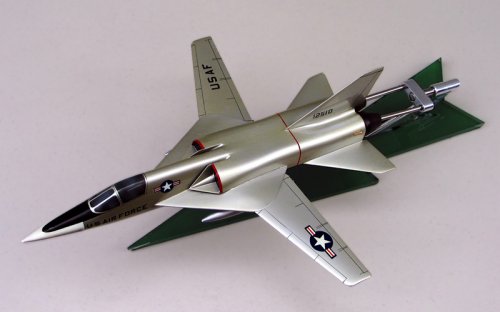- Joined
- 6 November 2010
- Messages
- 5,244
- Reaction score
- 5,467
I suspect that's Jozef's own work. Style is similar.Orionblamblam said:The isometeric drawing is clearly a modern CAD model
Last edited by a moderator:
I suspect that's Jozef's own work. Style is similar.Orionblamblam said:The isometeric drawing is clearly a modern CAD model
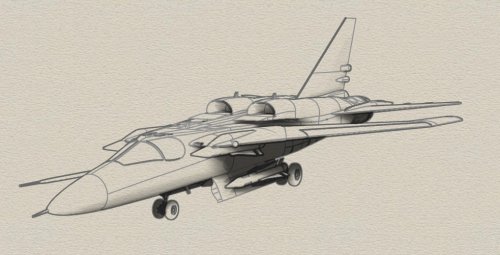
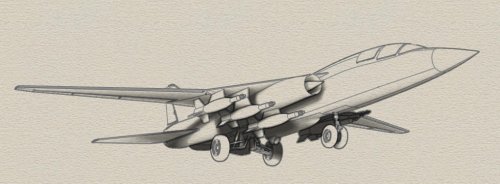
Really?I know in 2013(?) Republic's archive was destroyed but maybe someone has copies from original TFX drawings.

also from American Modeler magazine,a TFX artist drawing in 1963
Jemiba said:Although I didn't find, what I was looking for, I at least found this
NASA TFX study :
(from Aviation Week 19-26 1926)
sferrin said:It almost looks like they took an F-105 and combined it with a verbal description of the Republic TFX concepts. Fuselage is very reminiscent of an F-105.
PlanesPictures said:possible variants
cat-shot said:End 1959, Langley researchers stressed the importance of the development of a new turbofan engine to match the new aircraft versatility offered by the variable sweep wing.
P&W, counting on Navy support in the multi-service competition, was proposing the TF30, an engine developed under a $30 million USN program.
Allison had reached a technical agreement with R-R and was proposing a version of the R-R Spey engine.
After originally submitting the J79 and not having it selected by any of the competing airframe companies. GE promptly came up with an entirely new design: the MF295, a dual rotor, front fan powerplant. The MF295 was several hundred pounds lighter than the Allson or P&W engine, and was smaller both in length and in diameter. This promised relief from the crushing limitation on weight, and also permitted the narrow fuselage so critical to the USAF requirements.
Boeing, which had been designing the TFX around the heavier P&W for two and an half years deided to switch the the MF295.
Other contractors apparently shared Boeing's views for North American, MCDonnell, Douglas, Lockheed, and indeed every one except Republic, Chance Vought and GD/Grumman, switched to the MF295. Five airframe companies had speified the MF295 as their engine of choice.
The TFX competition narrowed to two:
Boeing design/ GE MF295
GD/Grumman design/P&W TF30
….To eliminate this flutter mode we decided to use a primarily titanium structure in the aft fuselage for the USAF airplane. The Navy version was to have a conventional aluminum structure. This cost a certain amount of commonality, but allowed a reasonably low weight in the US Navy version ……Several major problems were encountered by General Dynamics well into the flight test program. One of these was the flutter mode which we had found at Boeing by simply doing the right homework in the wind tunnel. To fix that flutter problem required a massive weight increase of the aft fuselage: more aluminum! This made the airplane too heavy for carrier operations and the US Navy cancelled its part of the contract for the F-111B……
The USAF was stuck with the F-111A and, to stay within reasonable development costs, decided to degrade the mission requirements: supersonic, low altitude requirement was dropped. The US taxpayers ended up with a much less capable airplane.

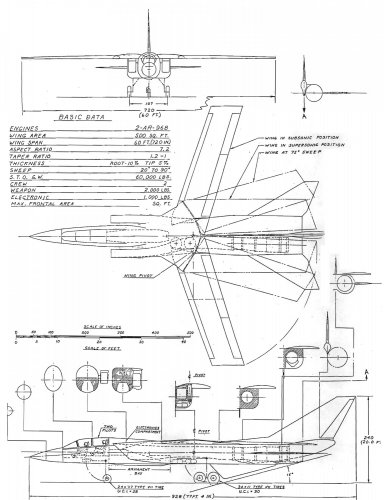

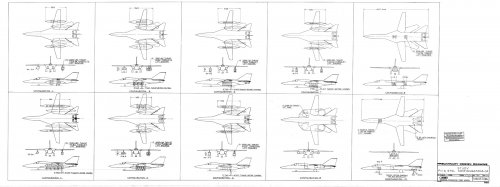
Skybolt said:Again, sorry to revive etc., ma no one seemed to me reacting with the required awe to the fact that this https://www.secretprojects.co.uk/forum/index.php/topic,526.msg202996.html#msg202996
is the first ever piece of information on the Grumman Model G-273, the original WS-324A submission by the Bethpage company. And it confirms the piece of information that two of the original submission weren't VG.
sferrin said:Skybolt said:Again, sorry to revive etc., ma no one seemed to me reacting with the required awe to the fact that this https://www.secretprojects.co.uk/forum/index.php/topic,526.msg202996.html#msg202996
is the first ever piece of information on the Grumman Model G-273, the original WS-324A submission by the Bethpage company. And it confirms the piece of information that two of the original submission weren't VG.
This image you link to is a VG aircraft. You can see the wing glove.
